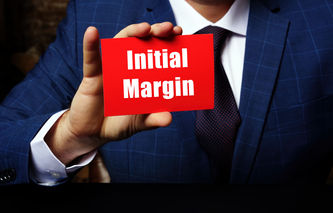Definition
The term kappa refers to the change in the premium paid for an option for every one percent change in the volatility of the underlying asset. Kappa allows investors to understand the impact a change in volatility will have on an option's value.
Explanation
Also known as vega, kappa tells the investor how much the premium on an option will change for every one percentage change in the underlying asset's implied volatility. For example, if an option has a kappa value of 0.50, then the theoretical value of an option will change by 0.5 if the volatility of the option changes by 1%. Two generalizations can be made concerning kappa:
Call Options: kappa values will be positive for investors with long positions in an option, such as the holders of a call. As the volatility of the underlying asset, or security, increases the value of the option increases.
Put Options: kappa values will be negative for investors with short positions in an option, such as the holders of a put. As the volatility of the underlying asset, or security, decreases the value of the option increases.

.png)



